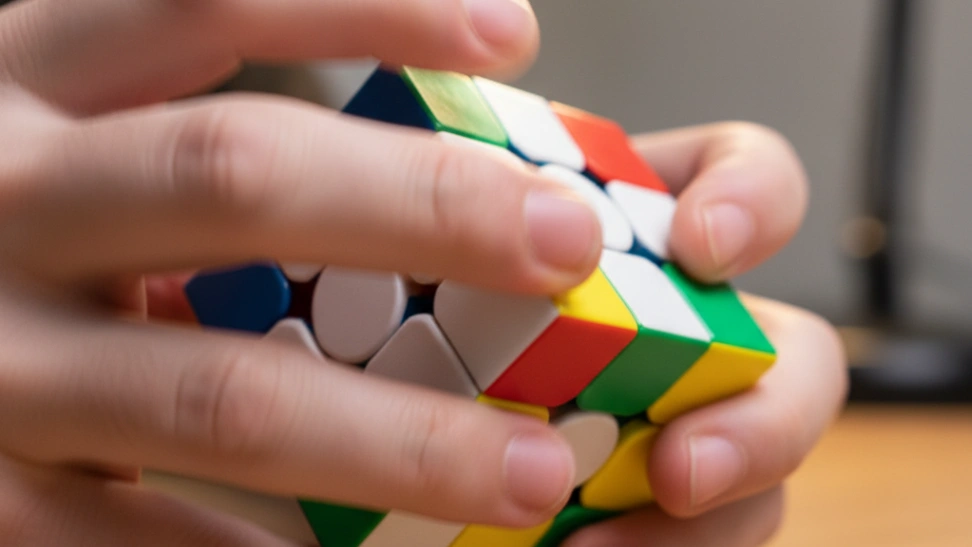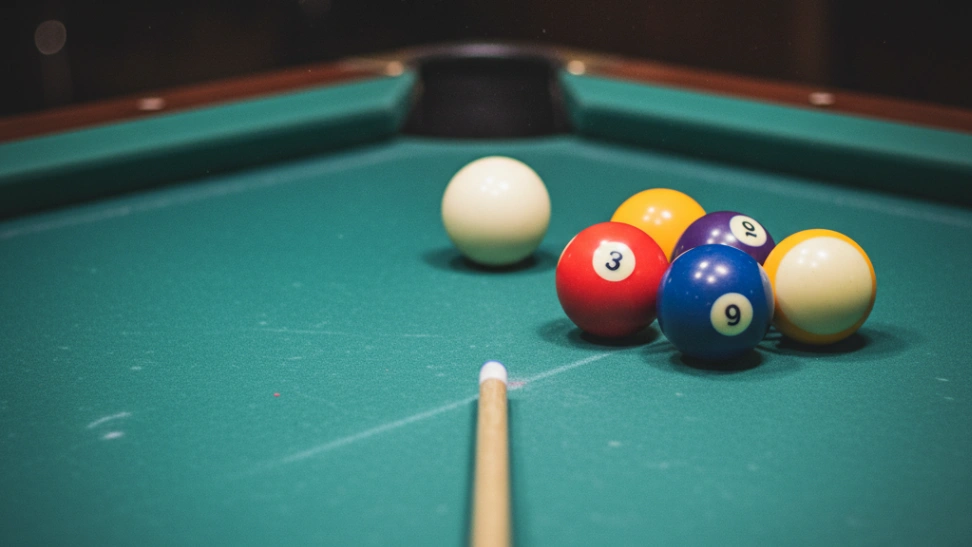The core of speedcubing lies in understanding the mechanics of these puzzles and memorizing sequences of moves, known as algorithms, to manipulate individual pieces into their correct positions. For the classic 3x3 Rubik's Cube, the most common beginner method is the Layer-by-Layer approach, which systematically solves one layer at a time. As one progresses, more advanced methods like CFOP (Cross, F2L, OLL, PLL) become standard. CFOP breaks the solve into four distinct stages: solving a cross on one face, solving the first two layers simultaneously, orienting the last layer, and then permuting the last layer. Each stage utilizes dozens of specialized algorithms, requiring significant memorization and quick recognition skills. Other popular methods include Roux, which focuses on block building, and ZZ, which emphasizes edge orientation. The choice of method often comes down to personal preference and what feels most intuitive for a cuber’s individual style. Mastery isn’t just about memorizing algorithms, but also about "lookahead" – anticipating the next step while executing the current one – and developing efficient turning techniques (finger tricks) to minimize pauses and improve flow. Beyond the 3x3, speedcubing extends to a vast array of puzzles, including the 2x2, 4x4, 5x5, Pyraminx, Megaminx, Skewb, and Square-1, each presenting its own unique set of challenges and requiring distinct approaches.
The origins of speedcubing are intrinsically linked to the invention of the Rubik's Cube. Ernő Rubik, a Hungarian professor of architecture, invented the "Magic Cube" in 1974 as a teaching aid to help his students understand three-dimensional problems. It was first licensed to Ideal Toy Corp. in 1980 and renamed the "Rubik's Cube." The puzzle quickly became a global sensation, capturing the imagination of millions. The first official Rubik's Cube World Championship was held in Budapest in 1982, marking the formal beginning of competitive speedcubing. Minh Thai, an American, won with a time of 22.95 seconds. After a hiatus, the World Championships were revived in 2003, driven by a burgeoning online community and technological advancements in cube design, which allowed for smoother, faster turning mechanisms. This revival sparked a modern golden age for speedcubing, with new records constantly being set and broken, fueled by continuous innovation in solving methods and puzzle engineering. The World Cube Association (WCA) was established to standardize competition rules and validate world records, fostering a fair and consistent environment for cubers worldwide.
The speedcubing community is remarkably diverse and welcoming, with participants of all ages and backgrounds. Online forums, YouTube channels, and social media groups serve as vibrant hubs for sharing techniques, discussing new puzzles, and celebrating achievements. Competitions, sanctioned by the WCA, are held regularly across the globe, offering cubers the opportunity to test their skills against others, make new friends, and experience the thrill of the competitive stage. These events are not just about winning; they are a celebration of shared passion and a chance to learn from top cubers. Beyond the competitive aspect, speedcubing offers significant cognitive benefits. Regular practice enhances problem-solving abilities, improves memory, boosts spatial reasoning, and sharpens focus and concentration. The constant pursuit of faster times trains the brain to process information rapidly and execute complex sequences under pressure. Many cubers find the process meditative and a great way to relieve stress, as it demands complete immersion and mental engagement, effectively blocking out external distractions. The tactile nature of the puzzle, combined with the mental challenge, provides a uniquely satisfying experience.
For those looking to dive into speedcubing, the journey begins with acquiring a good quality speedcube. Modern speedcubes are engineered for smooth rotation, durability, and customization, vastly differing from the stiffer, older versions. Brands like GAN, MoYu, and QiYi offer excellent options for beginners and advanced cubers alike. Starting with a basic beginner method, often found in online tutorials, is crucial. The key is consistent practice, gradually moving from understanding the steps to internalizing the algorithms and then optimizing execution. There are countless free resources available, from step-by-step guides on websites to comprehensive video tutorials on YouTube that break down every stage of the solve. Joining online communities can provide invaluable support, tips, and motivation. Setting small, achievable goals, such as solving your first cube, then solving it consistently, and eventually aiming for sub-minute or sub-30-second times, keeps the hobby engaging. Speedcubing is a marathon, not a sprint, and patience combined with persistence will yield satisfying improvements over time, transforming a jumbled cube into a perfectly solved state in mere seconds. It's a continuous learning process, where there is always a new algorithm to master, a different puzzle to conquer, or a fraction of a second to shave off your personal best.



